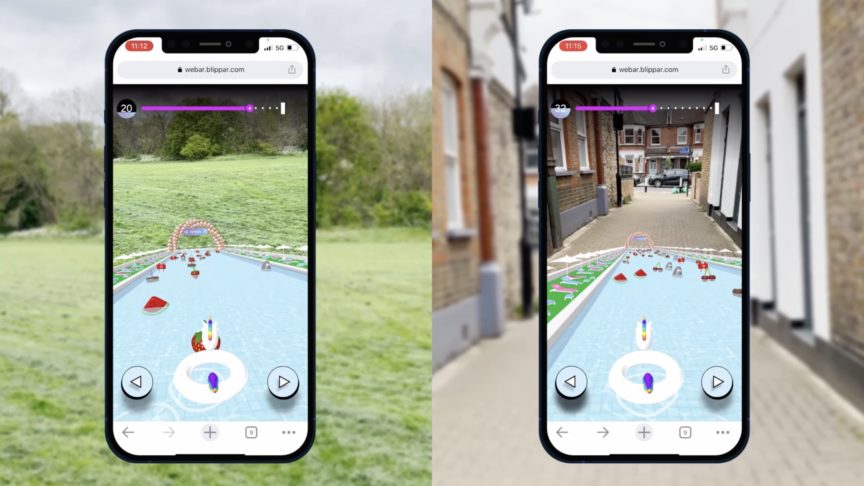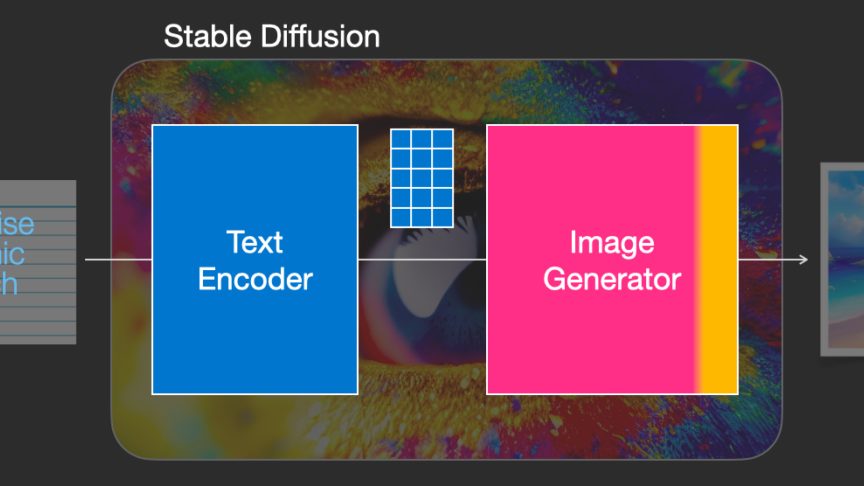Chances are you’ve heard of the term Metaverse, and are starting to build a picture of what it is and its potential implications. The most common representation of the Metaverse is the OASIS inside Steven Spielberg’s Ready Player One (based on the book by Ernest Cline). But did you know that before we reached a seeming consensus on this virtual/digital world being called the Metaverse, there have been different names and proposals for this platform, including the likes of the Mirror World, the Magicverse, and the Spatial Web or Spatial Internet? One of the synonyms/alternatives to the Metaverse that I want to draw attention to is the AR Cloud.
You’ve heard of the Metaverse, but do you know about AR Cloud?
March 4, 2022
You’ve heard of the Metaverse, but do you know about AR Cloud?
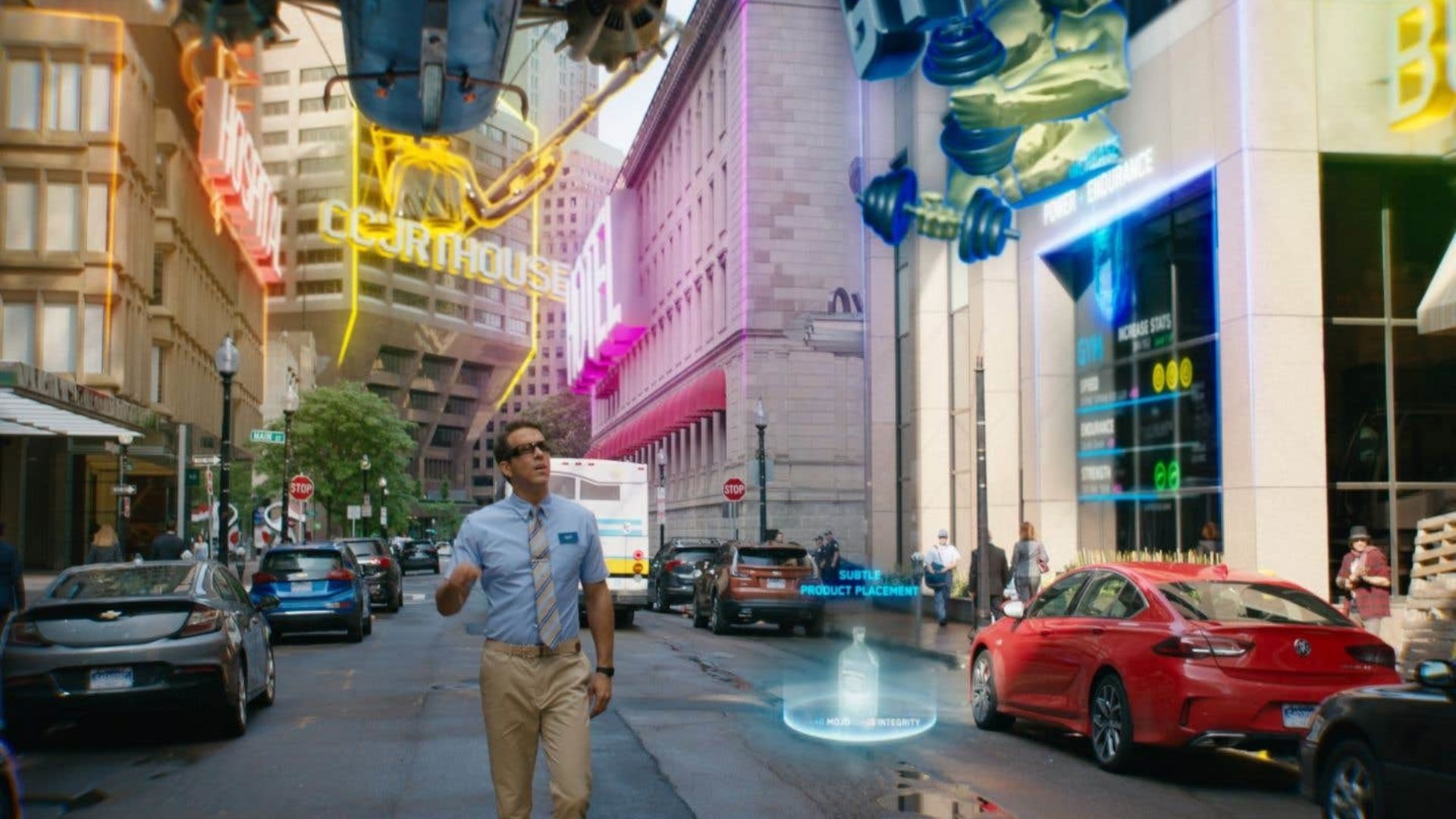
A follow up to our recent article on the potential morphologies of the Metaverse with an augmented reality perspective
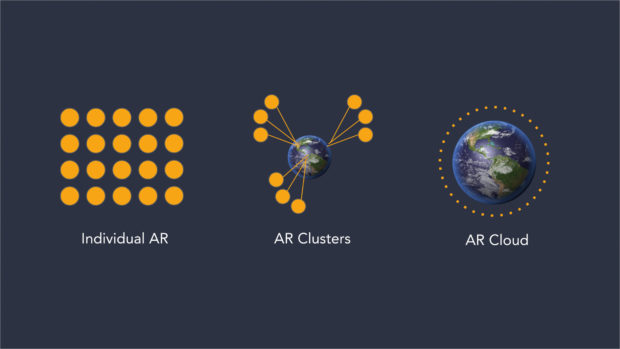
Very simply, the AR Cloud is an augmented reality version of the Metaverse. Instead of a separate virtual world with limitless immersive experiences and interactions, the AR Cloud quite literally augments reality. The AR Cloud promises the existence of countless immersive experiences linked to real-world objects, and use cases that enhance social interactions in the physical world. Imagine putting on your AR glasses and seeing an additional digital layer of content augmented on top of the real world. If Ready Player One represents the Metaverse, then Shawn Levy’s Free Guy represents the AR Cloud.
This quote from Apple CEO Tim Cook in 2017 captures the promise of the AR Cloud quite well:
“I’m excited about augmented reality because unlike virtual reality which closes the world out, AR allows individuals to be present in the world but hopefully allows an improvement on what’s happening presently...With AR you can, not be engrossed in something, but have it be a part of your world, of your conversation. That has resonance.”
Of course, there are many technological barriers between a utopian vision for an augmented planet and where we are today. So, just as the previous feature explored the potential morphologies of the Metaverse, in this article we’ll examine how the AR Cloud could materialise.
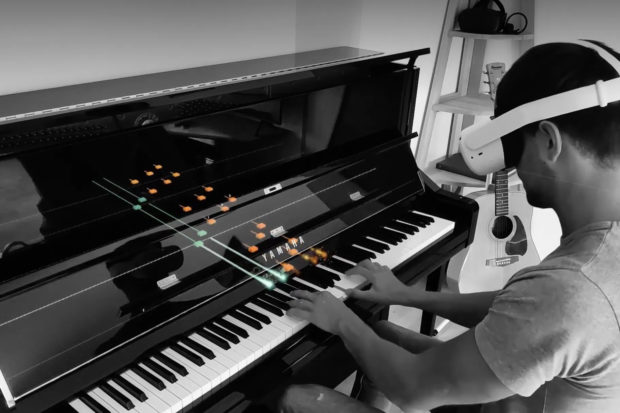
Credit THE VERGE
Individual AR
Individual AR is what we see today for the most part. Some products and experiences might include AR activations that heighten levels of engagement and immersion. These experiences can help build brand awareness, sentiment and engagement, and provide customers with opportunities to play games, win prizes and/or receive special discounts.
Brands are increasingly recognising the benefits of implementing this tech, with multiple companies leveraging AR platforms including Blippar, Snapchat, TikTok and Instagram to create activations to support their launches. However, since there is no major ubiquity among AR today, there is little expectation from customers that products themselves will be AR activated and so when experiences are present, they are often received as an innovative new form of engagement and interaction. This sentiment is backed by the engagement and ROI stats that we’re seeing for our AR activations.
See below for an example of an individual AR activation we created for Hulu.
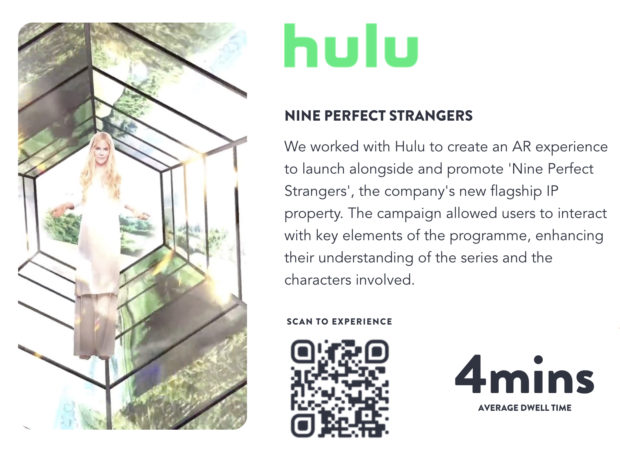
AR Clusters
Following the success of individual, siloed AR activations, the next evolution to further enable innovation and differentiation will be AR Clusters. We can define AR Clusters as a set of experiences relative to an entire product range as opposed to a single product activation. This is the difference between creating singular AR experiences for your brand and being an outright AR brand.
Two possible ways this could be achieved are:
A single entry point for the AR experience which then works for all products within the range.
Each product will have its own entry point for the experience.
The former case can be achieved with the help of the limitless marker tracking feature available with our WebAR SDK. You can have a single entry point and can use our image recognition to identify any relevant product/image target and overlay it with AR content – thus augmenting entire product ranges.
We were able to prove the latter case when we partnered with Rockstar Energy Drink to create the ‘House of Hustle’, a shoppable virtual experience that consumers could access by purchasing and scanning the new range of zero sugar Rockstar products. Regardless of which drink can you chose to interact with, there was an AR experience waiting for you - the exact promise of the AR Cloud.
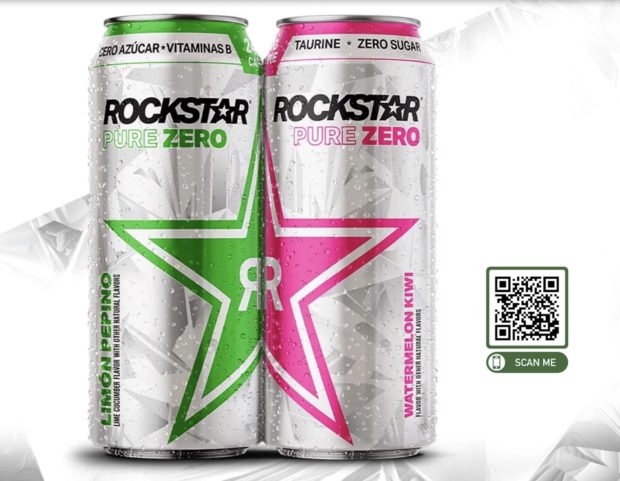
AR Cloud
If the AR Cluster examples above reveal that ‘regardless of which product I pick up, I expect an AR experience for this brand ’ then the concept of the AR Cloud dials this up to eleven and demands, ‘regardless of where I am or what I’m doing, I expect interactable AR experiences to be present throughout my day, from my morning commute, to my lunchbreak, dinner plans and physical (or digital) shopping spree’.
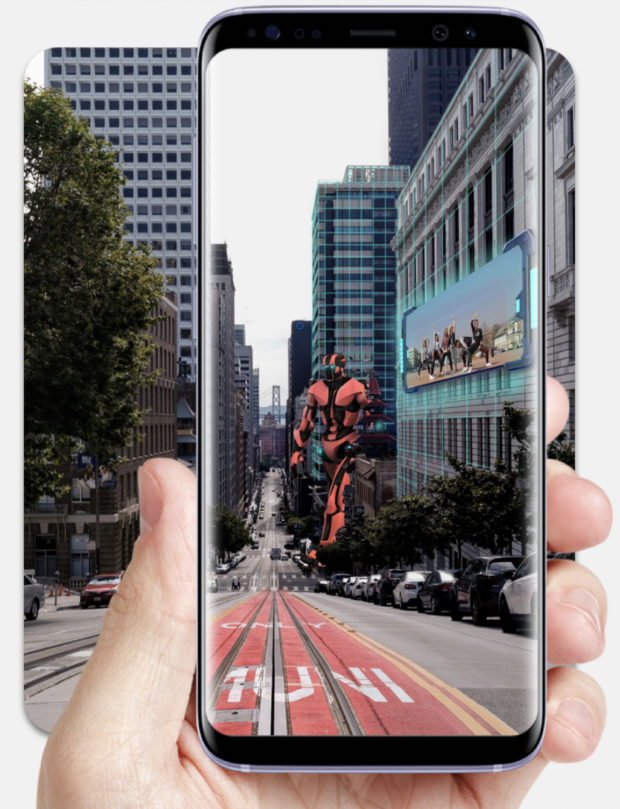
Credit STURFEE
With AR the world is a canvas, one available for brands and businesses to populate with content. This is the convergence of next-generation connectivity, augmented reality, gamification, AI and a slew of other technologies. Returning to the Tim Cook quote, the AR Cloud truly ‘allows individuals to be present in the world but hopefully allows an improvement on what’s happening presently’.
Of course, the major bottleneck preventing the AR Cloud is the ability for brands to generate the content that will populate the digital layer. At Blippar we have tools to support this content creation that offload a lot of the technical complexity, and allow brands to create the compelling content that their customers expect.
Blippbuilder is our powerful no-code platform that enables AR creation without coding while our WebAR SDK gives developers much more flexibility. Both of our self-serve tools provide the essential SLAM (surface tracking) and image tracking technology necessary to enable AR to interact with the real world. Alternatively, we also have a world-class Studio team that can support with consultation and development for needle-moving AR campaigns and experiences to paint stores, neighbourhoods and cities with your brand colours.
Closing Thoughts
It remains to be seen how the AR Cloud and the Metaverse develop in parallel with each other. Whether it is a case of one or the other; one encompassing the other; both developing separately for different use cases or even both merging together to form a new morphology/platform. All of this will depend on investment and adoption of certain technologies and trends.
For now, the Metaverse seems to have taken a lead in terms of popularity and understanding. On the other hand, the AR Cloud does not require a massive on-ramp effort to get users to join the platform - WebAR has truly democratised real-world AR experiences. Moreover, we’re seeing continuous development from Meta’s Passthrough API for the Quest which allows for the seamless blending of VR and AR experiences.
However these platforms unfold, we know that they will be built on the same technological foundations and principles of immersion, user-generated content, gamification etc. At Blippar we’re really excited to see these trends take shape as we partner with and enable innovative brands and creators to make these virtual worlds and experiences into a reality.
